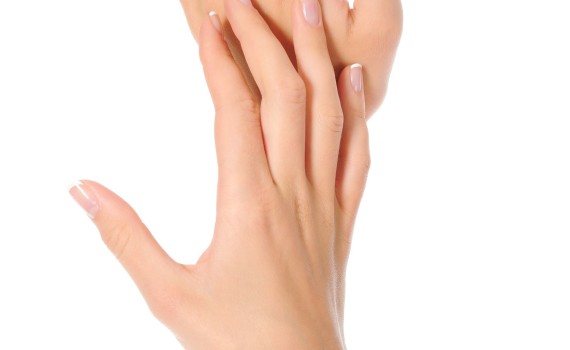
Arthritis in The Hands
One of the most common conditions our NJ hand and wrist specialists see is arthritis. Arthritis is actually an umbrella term for inflammation of the joints, including those in the hands, wrists, and fingers. There are many different kinds of arthritis and lots of them are common in the upper extremities. The most common types are osteoarthritis and rheumatoid arthritis.
Osteoarthritis (OA)
OA is by far the most common variety of arthritis. More than 20 million American’s suffer from OA, and it’s estimated that this number will continue to grow. OA is caused by the degeneration of cartilage in joints. Often, this degeneration is associated with aging, but it can also be caused by trauma and overuse of joints, and can be more likely for those with certain genetic risk factors. Symptoms include:
- Stiffness in joints
- Loss of range of motion
- Painful joints
- Swollen joints
- Crepitus (a grinding sensation or sound when using joints)
- In some cases, cysts of mucus can form towards the ends of the fingers.
OA tends to occur in certain joints more than others. In the upper extremities, some of these “hot spots” include the base of the thumb, the finger joints nearest your nails, and the joint in the middle of the finger.
Rheumatoid Arthritis (RA)
RA is an autoimmune disease. RA sufferers’ immune systems attack their joints. It’s less common than Osteoarthritis. RA has no single known cause, though studies have suggested it may be linked to certain infections or genes. Symptoms include:
- Pain in the hands and/or fingers
- Stiffness
- Swelling
- Joints may feel warm
- Symmetrical affliction (i.e. symptoms in both wrists, though it can occur in just one)
- Numbness or tingling sensations
- Flu-like symptoms, such as fatigue
A final fun factoid? RA seems to be linked with hormones. Women with RA who become pregnant may experience improvements in their condition, though sadly, these usually don’t last post-pregnancy.
Concerned you may be developing arthritis of any variety in your hands or wrists? Request an appointment with our specialists.





